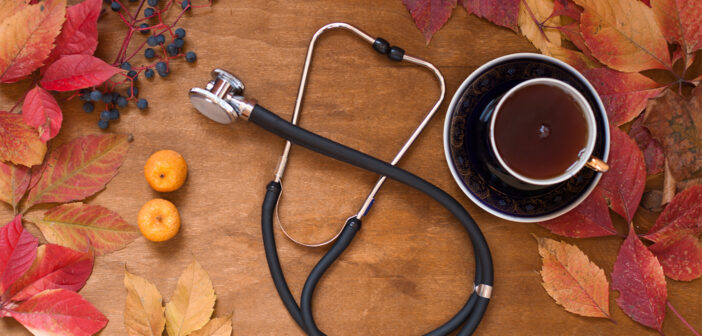National Health Observances are special days, weeks or months dedicated to raising awareness of specific health ailments and topics.
This issue of Wellness highlights many health observances that are promoted during the fall months to help increase your awareness and understanding of health conditions of which you may not be aware. The information includes their causes, what the symptoms are and what treatments are currently available.
October
Attention-Deficit/Hyperactivity Disorder (ADHD)
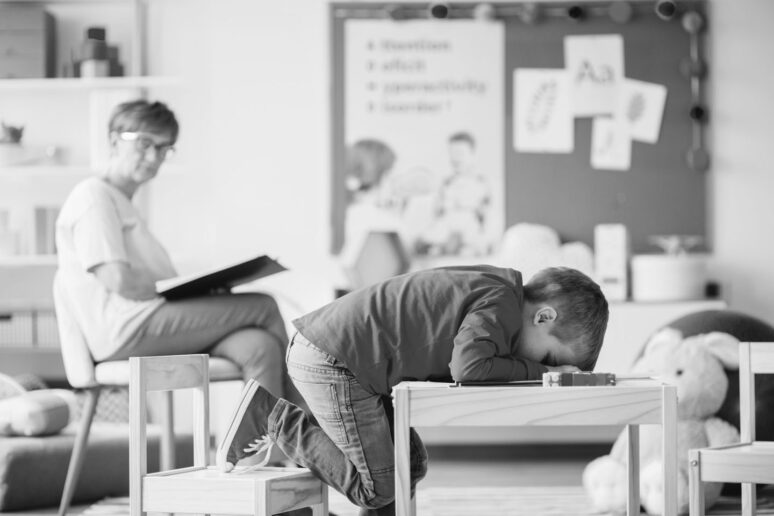
Photographee.eu / stock.adobe.com
According to a 2019 study, over six million children aged 3-17 years have been diagnosed with ADHD with boys being more likely affected. A neurodevelopmental disorder, ADHD is characterized by difficulty paying attention and controlling impulsive behavior, and being overly active. Typically diagnosed first in childhood, the disorder can continue into adult life. In children, ADHD presents itself in three different ways:
- Predominantly Inattentive – The child is easily distracted and finds it hard to finish a task, pay attention to details and follow instructions.
- Predominantly Hyperactive/Impulsive – Signs include continual fidgeting, talking a lot, and inability to sit still for any length of time. The child may act impulsive and interrupt conversations, grab items from people, or speak at inappropriate times.
- Combination – The child exhibits all of the above symptoms.
Cause
ADHD was found to be the result of a deficiency of the neurotransmitter, norepinephrine. A neurotransmitter is a substance produced by the brain that allows neurons to communicate. An ADHD brain has impaired neurotransmitter activity in four brain regions: the frontal cortex (attention/organization), limbic system (emotional regulation), basal ganglia (impulsivity) and the reticular activating system (inattention/hyperactivity). This deficiency of norepinephrine can be caused in a number of ways that include genetics, brain injury, substance abuse, premature birth, environmental risk during pregnancy and others.
Symptoms
Symptoms of ADHD include social difficulties, constant fidgeting, trouble taking turns, unnecessary risk taking, obsessive talking and emotional outbursts.
Treatment
Treatment typically involves a combination of behavior therapy, parental training and medication. The medications used to treat ADHD are designed to raise norepinephrine to normal levels. (For young children, it is recommended to stick to behavior therapy and parental training with medication as a backup when all else fails.)
Spina Bifida
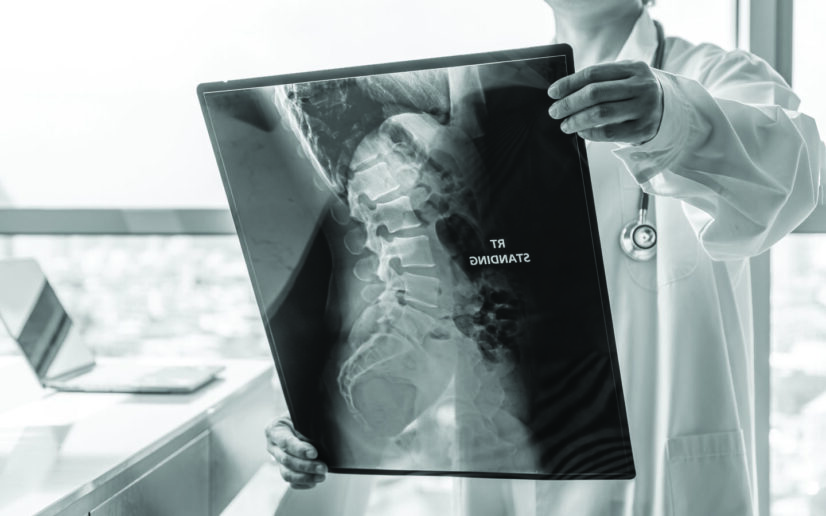
Chinnapong / stock.adobe.com
This neural tube birth defect affects 70,000 people in the United States, with nearly 1,500 babies being born with the affliction yearly. Spina Bifida occurs when the backbone that protects the spinal cord doesn’t form correctly and “close” as it should during development, resulting in damage to the spinal cord and nerves. This can cause mild to severe physical and intellectual disabilities depending upon the size and location of the partial opening and nerves affected. There are three different types (or degrees) of Spina Bifida:
- Myelomeningocele – The most serious case occurs when a sac of fluid containing part of the spinal cord and nerves comes through the backbone opening. This causes severe damage to the spine and nerves causing serious difficulties including lower limb paralysis.
- Meningocele – A sac of fluid comes through the backbone opening but does not contain the spinal cord or nerves, causing minor disabilities.
- Occulta – This is the mildest type, presenting a small gap in the spine but no opening or sac. This type does not usually cause any difficulties.
Cause
The exact cause is undetermined but genetics and environmental factors (such as pollution, smoking, etc.) are known to play a role. Pregnant mothers can mitigate chances of the defect by taking the prescribed amount of folic acid daily, controlling diabetes and obesity, and avoiding overheating the body via fever or use of a sauna.
Symptoms
This birth defect can be diagnosed in utero but for those born, the most common symptoms are weakness or total paralysis of the legs, bowel or urinary incontinence, and loss of skin sensation on lower limbs and bottom. Babies may develop hydrocephalus (a buildup of fluid on the brain).
Treatment
Treatment is different for each person, depending upon location and severity of the defect. In extreme cases, doctors can perform surgery to close the backbone before the baby is born. Surgery is also performed after birth, which typically results in life with a wheelchair or walker, depending upon severity.
November
Chronic Obstructive Pulmonary Disease (COPD)
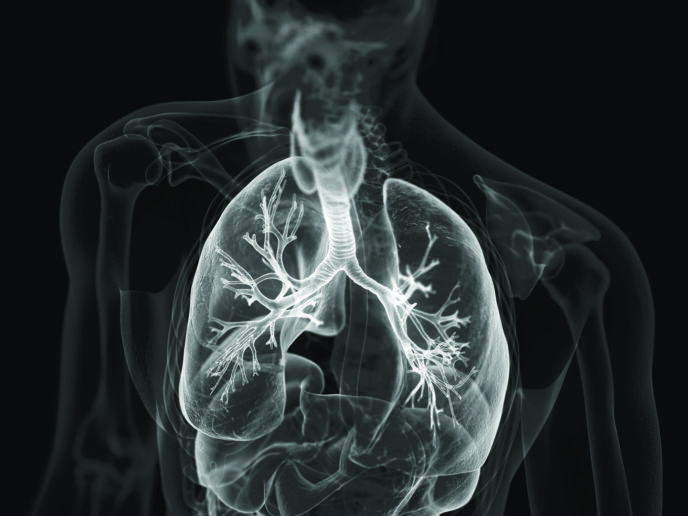
SciePro / stock.adobe.com
This inflammatory lung disease causes obstructed airflow and if unchecked, can worsen over time and result in numerous negative outcomes. The two most common conditions associated with COPD are chronic bronchitis and emphysema. Bronchitis is characterized by inflammation of the lining of the bronchial tubes causing cough and excess mucus. In emphysema, the alveoli at the ends of the smallest air passages of the lungs are destroyed.
Cause
The primary cause of COPD is tobacco smoking; it can sometimes occur due to fumes from burning fuel in poorly ventilated areas but it is rare. COPD causes a loss of elasticity of the bronchial tubes and air sacs (alveoli) over time and, since the lungs rely on that elasticity to expel air, air can become trapped in the lungs, reducing intake of new, oxygen-rich air.
Symptoms
Symptoms may include shortness of breath, wheezing, chest tightness, chronic cough that produces mucus, frequent respiratory infections, lack of energy, unintended weight loss (advanced stages) and swelling in the feet or ankles.
Treatment
Unchecked, COPD can cause numerous serious complications including multiple infections, heart problems, depression, high blood pressure and lung cancer. The biggest step a person can make to treat COPD is to quit all smoking habits. Symptoms can be controlled by medications such as bronchodilators, steroids and antibiotics. Other treatments include:
- Oxygen Therapy – lightweight portable units that deliver more oxygen to the lungs;
- Pulmonary Rehabilitation – a combination of education, exercise, nutrition and counseling;
- Surgery – A last resort, this can require lung volume reduction, lung transplant and bullectomy (removing large air spaces in the lungs).
Epilepsy
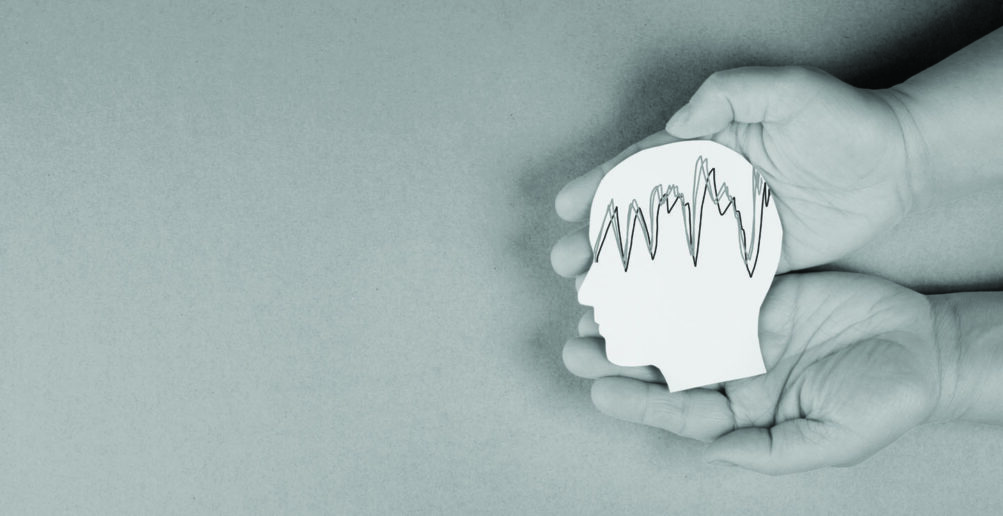
Berit Kessler / stock.adobe.com
A central nervous system disorder in which brain activity becomes abnormal, it causes seizures, periods of bizarre behavior and loss of awareness. Anyone can develop epilepsy and it currently affects 3.4 million people throughout the United States.
Cause
Epilepsy can be developed at any time and can be caused by stroke, brain tumor, traumatic brain or head injury, central nervous system infection, high fever and other conditions. People can be affected in a variety of ways depending upon the location of the abnormal functioning in the brain and the severity of the seizure.
Symptoms
The primary symptom is seizures without a known trigger that happen at least 24 hours apart. Other symptoms are temporary confusion, staring spells, stiff muscles, uncontrollable movement of the limbs, feelings of déjà vu and loss of consciousness.
Seizures are classified as focal or generalized, based on how and where the abnormal brain activity begins. Focal seizures result from abnormal activity in just one brain area and fall into two categories: without loss of consciousness (partial seizure), and with impaired awareness (staring into space, loss of consciousness or walking in circles). There are six types of generalized seizures:
- Absence (petit mal) – characterized by staring into space lasting 5-10 seconds;
- Tonic – characterized by stiff muscles and a possible effect on consciousness;
- Atonic – characterized by complete loss of muscle control often causing collapse;
- Clonic – associated with jerking muscle movements;
- Myoclonic – appears with sudden brief jerks or twitches;
- Tonic-clonic (grand mal) – characterized by a combination of all types.
Treatment
- Multiple treatments are available depending upon the type of symptoms and seizures experienced.
- Medication – most become seizure free or decrease frequency with anti-seizure meds.
- Surgery – if it is focal, doctors can remove the area of the brain causing seizures.
- Vagus Nerve Stimulation – by implanting a device in the chest that stimulates the vagus nerve, seizure frequency can be cut by 40%.
- Deep Brain Stimulation – electrodes can be implanted in the brain to control seizures.
- Responsive Neurostimulation – a device can monitor when seizures begin and deliver a drug or electric charge to induce normal brain behavior.
December
Crohn’s Disease
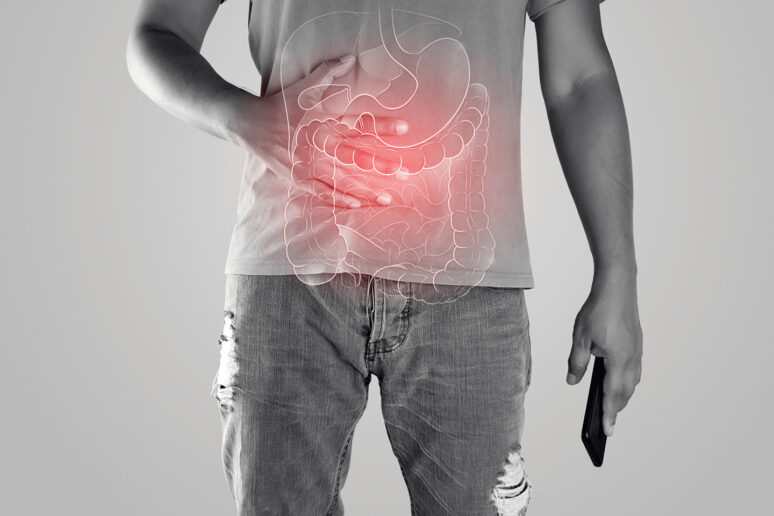
eddows / stock.adobe.com
A type of inflammatory bowel disease, Crohn’s is characterized by swelling of tissues in the digestive tract leading to pain, diarrhea, weight loss and malnutrition. Inflammation usually occurs in the small intestine but can vary by person. There is no cure for Crohn’s and untreated, it can lead to serious complications. It is estimated that more than 500,000 people are afflicted in the United States.
Cause
Crohn’s can occur in anyone at any age with several factors leading to its emergence – the two most notable being heredity and immune system malfunction. The exact cause has not yet been identified. Untreated, Crohn’s can lead to bowel obstruction, malnutrition, anal fissures, fistula (you don’t want to know), skin disorders and colon cancer. Risk of developing the disease is increased by smoking tobacco.
Symptoms
Symptoms of Crohn’s are many and serious. They include diarrhea, fever, fatigue, pain and cramping, mouth sores, bloody stool, weight loss, pain or drainage around the anus. Symptoms may be mild or severe depending upon the amount and location of digestive tract swelling.
Treatment
Crohn’s disease cannot be cured but symptoms can be managed in a number of ways.
- Anti-inflammatory medications
- Immune system suppressants
- Antibiotics
- Nutrition Therapy (special diet consumed by mouth or feeding tube)
- Surgery (removal of the damaged part of the digestive tract; relief is usually temporary.)
Ulcerative Colitis
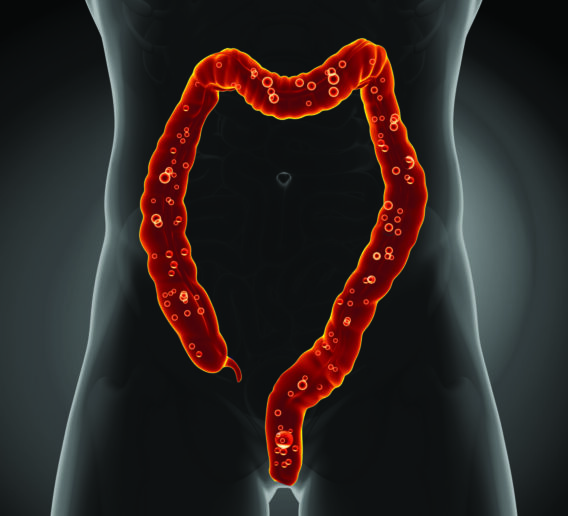
decade3d / stock.adobe.com
This inflammatory bowel disease causes swelling and ulcers in the digestive tract. It affects the innermost lining of the large intestine and rectum. Left unchecked, it can be debilitating and lead to life-threatening complications. Ulcerative colitis has no cure and affects approximately one million people in the United States. It is classified by affected location in the digestive system. Types include:
- Ulcerative proctitis – inflammation is confined to the area around the anus.
- Proctosigmoiditis – inflammation involves rectum and sigmoid colon.
- Left-sided colitis – inflammation extends from rectum up through the descending colon.
- Pancolitis – inflammation affects the entire colon and is the most serious.
Cause
The cause of ulcerative colitis is not yet known but immune system malfunction and heredity play large roles in its presentation. Complications of the disease are serious and include severe bleeding and dehydration, bone loss, perforated colon, inflammation of the skin, rapid swelling of the colon (toxic megacolon), increased risk of blood clots, and colon cancer. Those suffering from ulcerative colitis must get a colonoscopy at least every two years.
Symptoms
Symptoms include diarrhea w/blood or pus, abdominal pain and cramping, rectal bleeding, inability to defecate, weight loss, fatigue and fever.
Treatment
Treatment of UC involves either anti-inflammatory or immune suppressing medications. As a last resort, doctors may perform surgery to remove the entire colon and rectum. This most often results in the addition of a permanent external bag to collect stool; however, a procedure called ileoanal anastomosis (J-pouch) can be used to construct a “pouch” from the end of the small intestine that allows normal waste elimination.
Knowledge is power – knowing more about the ailments that people may be dealing with every day leads to a better understanding of their challenges, helping to build a greater sense of compassion and empathy.

